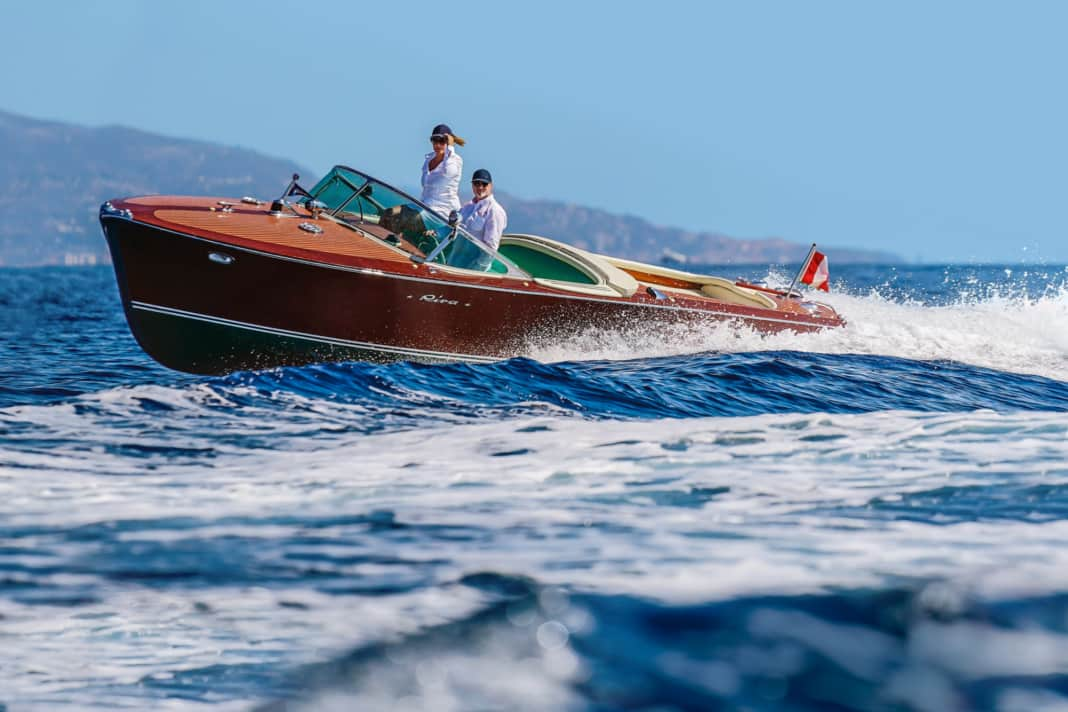





Gorgeous lines, exquisitely crafted woods, gleaming chrome fittings, the finest leather upholstery, powerful engines and unrivalled handling: To this day, Riva boats epitomise Italian chic and style. The perfectly shaped, exquisite designs are surrounded by an aura of unaffordable luxury and unbridled joie de vivre. Princes and princesses, fashion czars and industrialists succumbed to their charms early on, wealthy people and racing enthusiasts adorned themselves with Riva boats, and the international jet set celebrated themselves and the good life on these inimitably casual boats.
Read also:
Whether Prince Rainier of Monaco or the French chansonnier Gilbert Bécaud, whether bon vivant Gunter Sachs or film stars such as Sophia Loren, Brigitte Bardot, Anita Ekberg and Peter Sellers, whether the Axel Springer publishing family or, more recently, pop stars such as Bono and Elton John, designer Tommy Hilfiger, director Steven Spielberg or football star David Beckham - they all helped Riva achieve world fame and, conversely, used the popularity of the brand to skilfully stage themselves. Rivas were and are also present in numerous films, from early Hollywood classics such as "Mambo" to later cinema hits such as "French Connection", "La Grande Bellezza" and several James Bond films through to contemporary blockbusters such as "Men in Black".
The beginning of an era
The origins of the shipyard, which was still family-run until a few years ago, go back a long way. It all began with Pietro Riva, who was born in Laglio near Como in 1822. As a teenager, he learnt the carpentry trade from his father and from the shipbuilders who lived on the lake. In the spring of 1842, an opportunity arose that would change his life forever: After a heavy storm in northern Italy, a fisherman from Sarnico on Lake Iseo came to Lake Como. There he met the young Pietro. When he discovered his manual skills, he commissioned him to repair his boats. And so the 20-year-old Pietro Riva set off on the adventure that would change his life.
Read more
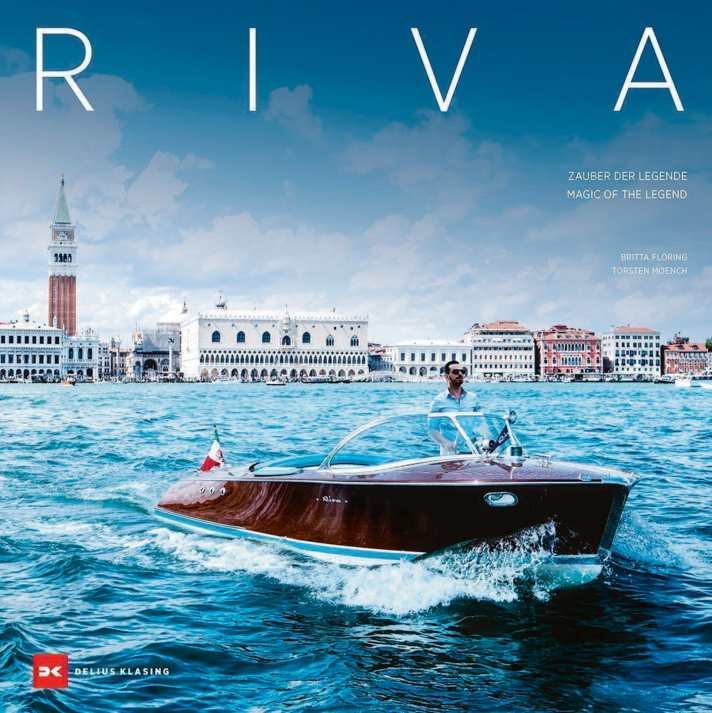
The fascinating book about the complete history of Riva from its foundation to the present day. 240 pages with many large-format photos; 75 euros. shop.delius-klasing.de
He travelled to Sarnico and began repairing the storm-damaged boats in an industrial building on the River Oglio. He did this under the curious and attentive eyes of the locals, who quickly appreciated the young newcomer's skills. He soon received orders from other men to repair boats or even build new ones. His first creations included a fishing boat - known as the "Naet" - and a dinghy in the Como style, i.e. in the version of the famous "Inglesina", which was built in the Como area. One order led to another and Pietro finally settled permanently in Sarnico, where he started his family. One of his children - Ernesto - inherited his passion for boats. In particular, he experimented with different types of propulsion, including the then new combustion engines. He soon designed his first motorboat. It was the beginning of a new era.
At Riva, everything revolved around racing boats
As a result, father Pietro and son Ernesto founded the first Riva boatyard together around 1860. It was initially housed in a shed and was quickly nicknamed Tesone by the locals because of its tin roof ("tesa" in Italian). In addition to small fishing boats and dinghies, large passenger boats could now also be launched. One of the first of these much more elaborate projects was a steam-powered boat for transporting goods and at least 25 passengers, which was commissioned by a businessman from Como. The shipyard's workforce subsequently grew from four to ten employees, and Riva increasingly developed into a real company. In 1907, the next generation, Serafino Riva, took over the family business. He continued his father's work, but also focussed on the development of racing boats.
After the First World War, the number of motorboat enthusiasts grew rapidly. Serafino was also fascinated by the speeds that could be achieved on the water. He was involved in the development of the first outboard motor and finally stopped building large boats completely in the 1920s. From then on, everything at Riva revolved around racing boats. It wasn't long before the shipyard boss began working with Ole Evinrude, the inventor of small, light and inexpensive outboard motors, to build his first own racing boat. In the years that followed, Serafino took part in numerous races, both as a designer and as a driver. He also put together a team of his own drivers, including many famous names of the time.
Until the end of the 1930s, Riva racing boats raced to victory after victory and almost constantly set new speed records. The brothers Augusto and Renzo Romani alone, top European drivers in the outboard racing category, X-1000 class, were successful with five Riva motorboats. By the 1950s, they had racked up 104 victories, won six European and eleven Italian championships and set two world records - an incredible record!
A life full of passion for beautiful boats - even though the family history of the shipyard ended with Carlo Riva, he still created something lasting.
Focus on wooden boats
The Second World War also brought a turning point for the Riva shipyard. Enthusiasm for racing waned for many years. In 1949, Serafino's eldest son Carlo took over the family business at the age of 27 - and once again heralded a new era for the shipyard on Lake Iseo: Taking inspiration from Chris-Craft's open American motorboats, he began producing wooden boats. These runabouts became the second pillar of the business alongside the racing boats that continued to be built. With them, Carlo Riva instinctively struck a chord with the times.
His Corsaro, Ariston, Tritone and Florida initially set new trends with pinpoint accuracy. Their unmistakable, unique and almost iconic design soon attracted the attention of the rich and famous. In 1956, L'Ingegnere, as Carlo Riva had long been reverently known, began collaborating with designer and architect Giorgio Barilani. His graphic and design skills were to characterise the exclusivity of the brand from then on.
In 1962, at the third Milan Boat Show, Riva unveiled the Aquarama, a new model that was to immortalise him once and for all. A legend was born. The Aquarama set new standards with its seamless, deep red mahogany panelling made from a single mahogany tree, its powerful inboard engines with their typically rich sound, its brightly polished chrome, its unmistakable panoramic windscreen, its classic dashboard with white steering wheel, its white leather seats and the upholstered sunbathing area set into the stern.
Family business Riva is sold
It was the motorboat that the young Gianni Agnelli, who later became the boss of Fiat, test drove for the first time and which has become the symbol of Riva to this day. In 1963, 21 Aquaramas were delivered, a Super version was developed the following year, followed by the Special version in 1971. By 1996, an incredible 765 different versions of the model had been built. The selection of fine materials, the craftsmanship and the attention to detail made the boats objects of desire for queens and kings, Hollywood stars, businessmen and champions.
Carlo Riva also moved with the times in 1969 when he decided to build the first boat made of fibreglass. At the same time, he founded Riva Boat Services to sell his boats worldwide and offer technical support to owners. Nevertheless, that year saw a rupture that would herald the end of the family business: As a result of trade union unrest, Carlo sold the shipyard to the US company Whittaker in September 1969. It has belonged to the Ferretti Group since 2000.
Carlo stayed until 1972, when he left Riva and shifted his interests to the Porto Turistico Internazionale di Rapallo, which was named after him in 1975. In 2005, Albert II of Monaco honoured him in the Principality with the title "Personnalité de la Mer". Carlo Riva died on 10 April 2017 in Sarnico, perhaps "with a touch of nostalgia for a great life that I lived to the full; at high speed and surrounded by boats", as he himself once said.
Iconic models from the Riva shipyard
Riva Tritone (1950-1966)
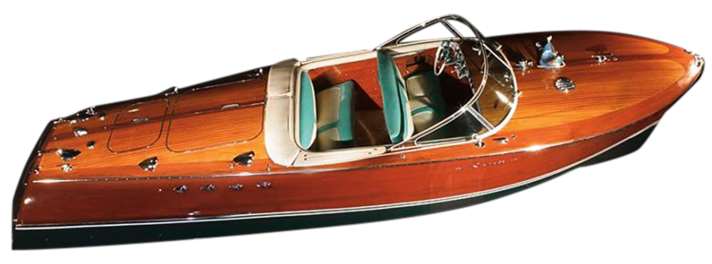
The Tritone, named after the son of the Greek god of the sea Poseidon, was a revolution for Riva in two respects: The boat was the first model with twin engines and a small cabin under the foredeck. Launched in 1950, an extended "Super" version followed in 1956.
Riva Ariston (1953-1972)

The Ariston, which translates as "the best of the best", is one of the most widely used Riva models, with more than 1,000 boats built. Over the years, the engine power increased from 140 hp to up to 275 hp. This meant that speeds of up to 70 km/h were possible. The "Super" version was added from 1960.
Riva Aquarama (1962-1971)
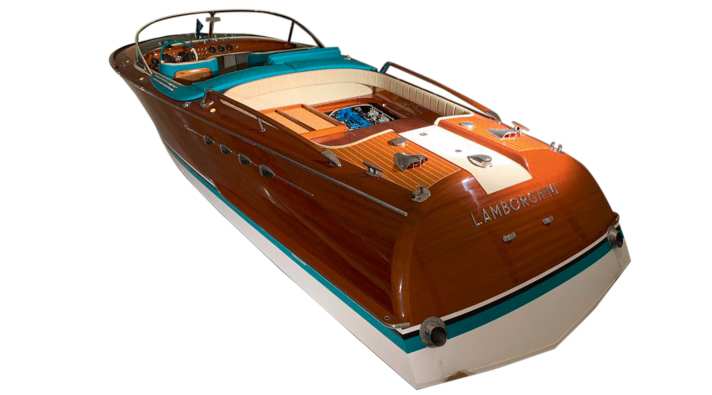
The Aquarama is the shipyard's best-known boat and still epitomises the classic Italian runabout. Giorgio Barilani further developed the Super-Tritone for it. Riva engines with up to 320 hp powered the boat. A slightly modified and extended "Special" version followed from 1972.
Riva Junior (1966-1972)
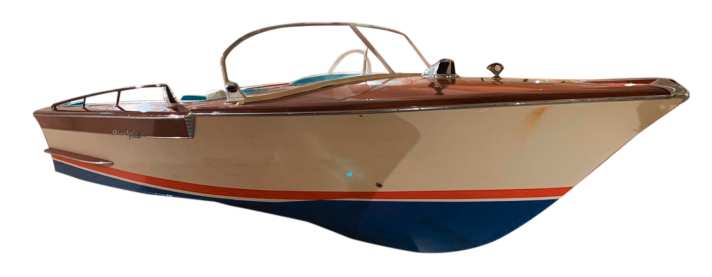
The Junior, with its extremely sporty engine of around 200 hp, was designed to introduce beginners and young people to the world of Riva boats. The central bench seat, the almost centrally positioned steering wheel and the cockpit layout were designed for waterskiing, so a towing eye at the stern was standard.
Riva Olympic (1969-1979)

The Olympic was launched after the 1968 Games in Mexico. Designed as a leisure boat suitable for families, it closed the gap between the luxurious twin-engine models such as the Tritone or Aquarama and the Junior as a fun boat. Thanks to its 270 hp, its performance was certainly impressive.
Britta Flöring and Torsten Moench
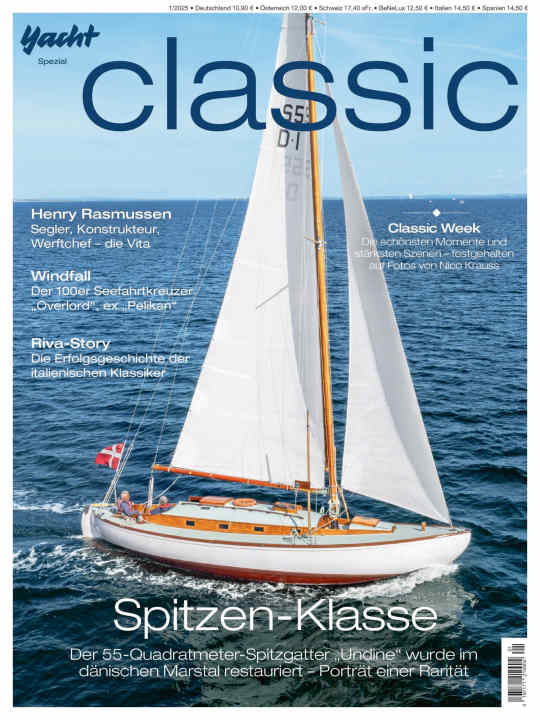
The history of Riva boats has been published in the current issue of YACHT classic, which has been on sale since 21 May. YACHT subscribers receive the magazine delivered to their door free of charge. You can also read a portrait of the shipyard founder Henry Rasmussen, the history of the "Nordwest" and look back on Classic Week 2024 in photos by Nico Krauss.

